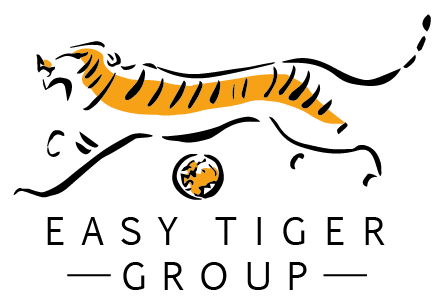Small and midsize business form the back bone of many country’s workforce, during lockdown we saw the largest growth and innovation metrics for decades within a seismic change in work beliefs and patterns.
Of course, such shifts come with opportunities as well as threats.
In most instances, discussion and identification of small and midsize businesses (SMB’s) focuses on the number of employees within the organisation, with small being fewer than 100 and midsize having between 100 and 999. That said, there is another clear identifying factor: revenue. Using revenue, small businesses are organisations with less than $50 million in annual revenue, and midsize make more than $50 million but less than $1 billion in annual revenue. Viewing a business in this way (along with employee size), unlocks different insights.
Most obviously, we’re talking about a vast range of organisations, from the one man (or woman) band pop shop up to a solid portion of the Inc. 5000. Workforces range from a handful of people wearing multiple hats to teams that can dwarf entire organisations. Though, undoubtedly, there is an intrinsic link between workforce and revenue, in most instances, the smaller the organisation, the bigger the individual impact of each worker.
The Great Resignation
At a time when uncertainty, where recession is knocking after sustained pandemic conditions and turnover in an increasingly unpredictable job market, it’s important to remember that for the smallest of the SMBs, The difference means that if you lose one or two employees, that’s half your workforce and threatens your ability to actually run the business.
As the Great Resignation reached its height, almost 48 million people left their jobs voluntarily in 2021. Earlier this year, Grant Thornton’s State of Work in America survey found that 21% of workers took a new job in the past 12 months. Of those recent job-switchers, 40% were already looking for another opportunity. This increase in turnover is just one of the reasons we’ve seen local pubs, restaurants and other businesses cut opening hours and even temporarily shut down due to recruiting and retention challenges.
Turning into Opportunity
In recognising the state of the SMB in 2022, the conversation around impact goes beyond just keeping positions filled, but survival and opportunity. Small businesses represent 99% (approximately 31 million) of all businesses in the U.S. Incredibly, these organisations employ roughly half of the American workforce and account for up to 65% of net new jobs annually.
The events of the past few years begs a set of new questions, including:
- What does it mean to be a worker in an SMB?
- What do these workers mean to the organisation?
- What happens when people leave?
- How can SMB organisations recognise the impact of their workers?
- What does recruiting look like?
- Retention?
- Is there a way to prevent further attrition?
And this is just the beginning!
Looking into these type of questions, it’s worth noting that most of the answers stem from a qualified HR or talent department – a luxury and level of expertise that the vast majority of SMB’s do not possess. As such, in response to today’s dynamic job market, 32% of small business owners simply raise salaries to attract workers, while 27% have offered more flexible hours and 24% more on-the-job training. Perhaps an initial view of a more modern workplace.
Although, fewer have provided additional benefits, such as enhanced medical (8%), educational benefits (7%) and child-care (5%). These are not insignificant gestures for these businesses, and yet, trying to compete against larger organisations can often feel like a losing battle.
Navigating the Sliding Scale
It may sound obvious but when trying to create attraction and impact, an SMB should focus on what they can offer – not fixate on what they can’t.
There will always be another player out there ready to pay more or to promise perks that your business cannot, (like unlimited paid time off). At the same time, it’s true that the smaller the organisation, the bigger the impact of the individual worker; it’s also true that the smaller the organisation, the bigger the opportunity to do better for each and every worker holistically.
In essence, the Small and midsize businesses need to showcase and empower their employees and demonstrate how impact goes both ways and offer their workforce intangible benefits such as personal fulfilment and professional development, connection, collaboration and networking, and respectful and supportive work environments. It goes without saying that these benefits go a very long way to a cohesive, productive and happy workforce.
If you are currently looking to employ global talent, or need support or advice in executing your Global Mobility strategy give us a call. We have years of experience in the field, and can fully support you at every stage of your Global talent management process.
Our immigration updates are for informational purposes only and are not a substitute for legal or scenario-specific advice. Furthermore, it is important to note that immigration announcements are subject to sudden and unexpected changes. If you have any further questions, or want more info about our services, please contact us on info@etesearch.com or call 01245 939188

